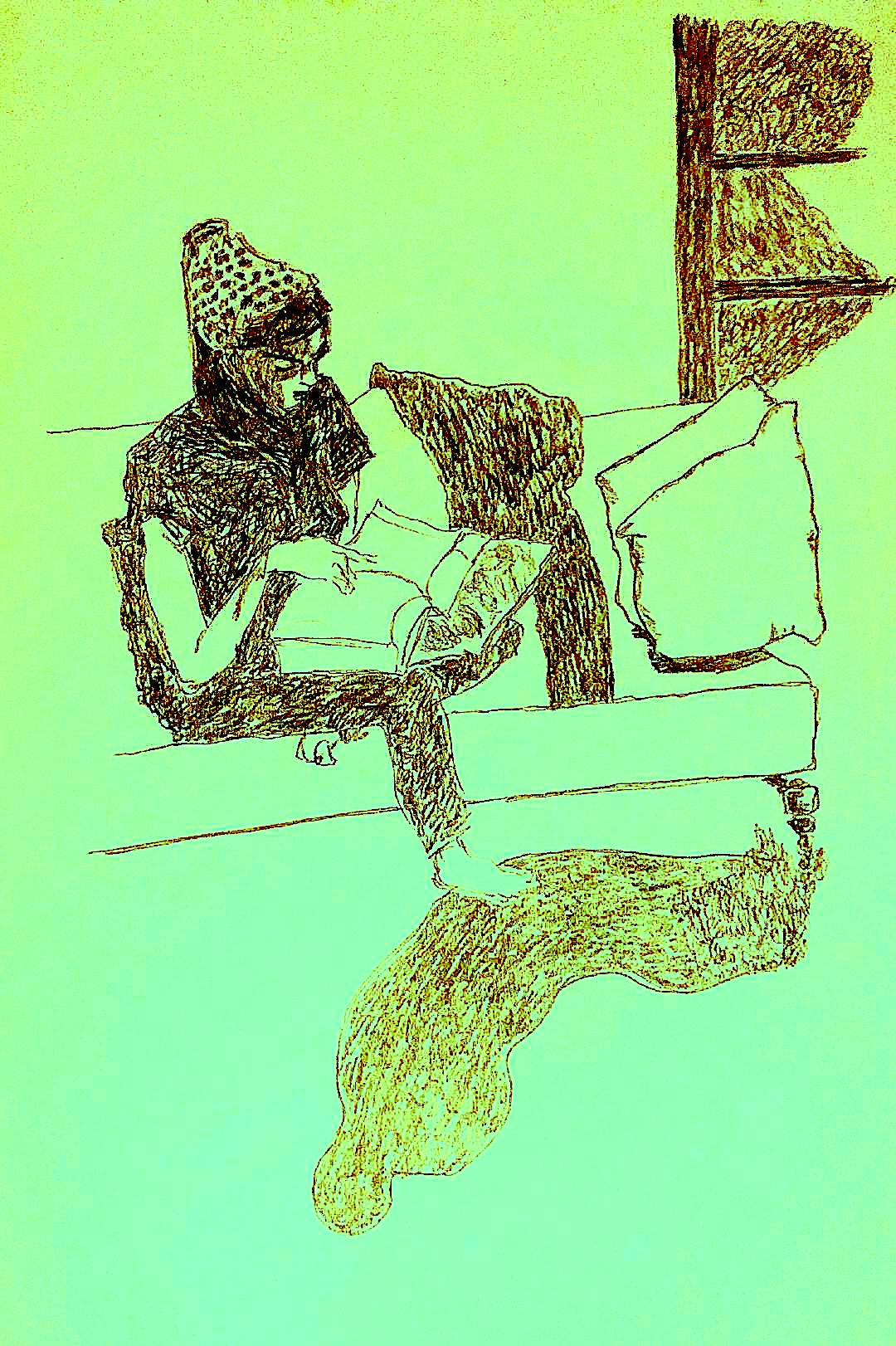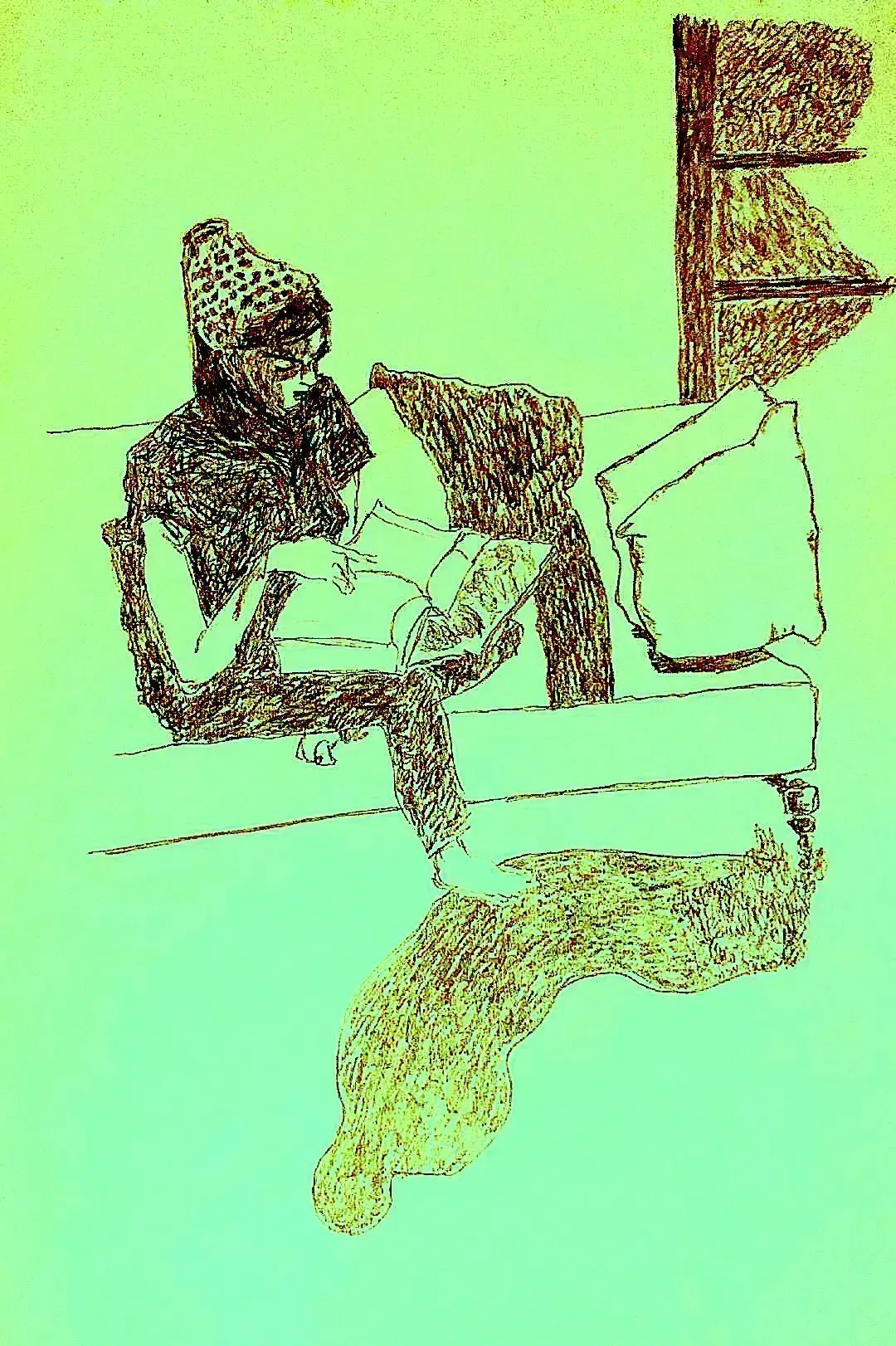NOTE ON PHILOSOPHICAL PERSPECTIVES BY WILFRED SELLARS (10): The Identity Approach to the Mind Body Problem


The next essay is The Identity Approach to the Mind Body Problem. Sellars asks what it comes to for mental episodes to be nothing over and above bodily processes. His answer is an identity theory. Certain mental events are identical with certain neural events, as water is identical with H2O in the physical case. He keeps the rule you have seen all along. Give meanings and commitments by the roles that terms play in integrated practices of observation, inference, and intervention. Then say what identity must be like if we are to harmonise the manifest image of persons with the scientific image of nature.
Lightning is an electrical discharge. The identity came from tying the outward signs to a network of measurements and interventions that track charge, fields, and breakdown of air. Sellars wants mental identities of the same broad shape. Pain in a conscious creature is a neural event of a certain kind. The match does not come from introspection alone. It comes from tying reports, behaviour, and laboratory findings into a web that supports prediction and control. If anaesthetics that reduce activity in a certain network also block pain reports and pain related behaviour in well controlled settings, then, other things equal, the case for identity grows.
Flick a light switch and a lamp turns on. You can describe this in a person centred way. You intend to light the room, you press, the room brightens. You can also describe it in a circuit centred way. A potential difference is applied across a load, current flows, the filament reaches operating temperature, photons are emitted. The two stories are about one happening. Identity theory says the same for mental goings on inside us. A decision to reach for the kettle is the very same event as a certain pattern of neural activity that prepares and launches the reach. There are not two events. There is one event described in two networks of concepts, one from the manifest image that cites intentions and reasons, and one from the scientific image that cites mechanisms.
When you touch a hot pan you withdraw your hand and you say ouch. In the clinic, electrical stimulation of a certain tract during surgery can trigger the same report and withdrawal. Drugs that damp activity in the tract reduce or remove pain. Learning based therapies that alter patterns of attention and expectation change how strong the pain is reported to be, which is mirrored by changes in network activity. These convergences are what you would expect if the pain is the neural event under a person level description. They are not what you would expect if pain were a separate item that only accompanies neural events.
A token identity says this very pain is this very neural episode. A kind identity says all pains of a certain kind are neural episodes of a certain kind. Think of money. Each coin token is identical with a disc of a certain alloy. That is the token identity. Coins as a kind are discs of that alloy with a given minting and denomination. That is the kind identity. In neurophysiology we should expect well confirmed token identities and cautiously framed kind identities because brains are variable and plastic. Across species and even across people the same person level kind, for example a visual afterimage, may be realised by slightly different neural microstructures. This is a reminder to state kind identities at the right level of neural description.
Talk of thoughts and experiences belongs to a practice that fixes when reports are correct, who is entitled to claim what, and how reasons link to actions. The scientific story belongs to a practice that fixes how mechanisms produce and control behaviour. Identity theory does not collapse the person level practice into neurology. It says they are two vocabularies that can refer to one and the same goings on when used correctly. To hold both together, you need bridge principles that say when a person level classification lines up with a neural classification, and you need laboratory and clinical methods that let you check the line up.
A navigation app shows your location and heading. At the same time, inside the phone, a sensor fusion algorithm integrates signals from GPS, accelerometers, and a compass. Your being located at the corner of King Street and Queen Street is identical with the device being in a physical state that the algorithm classifies as that corner and heading. The person level fact and the device level state are one and the same happening described in two idioms. Identity theory says that being in pain and being in a certain neural state stand in the same relation, though the methods of finding and checking the relation are medical rather than electronic.
Can identity handle qualitative feel? You can know everything about the neural facts, the argument runs, and still not know what red looks like. Sellars’ reply uses his general view of concepts. What you learn when you gain the concept 'looks red' is a place in a rule governed practice. You learn when to apply it, when to withdraw it, and how it links to other claims and actions. The qualitative grip is built by training that ties entry moves from the world, language language moves among claims, and exit moves into action. That training can be described from the scientific side as building and tuning neural pathways. There is no extra inner glow to be placed beside the pathway. There is the pathway and the role it plays in the life of a person who can give and ask for reasons.
An octopus and a human can both feel pain though their nervous systems differ. Does that not show that pain cannot be identical with any neural state? Sellars says identity is not asserted at the level of single cells or one mammalian subregion. It is asserted at the level at which theory gives stable kinds. If what makes a state count as pain for explanation and intervention are features that both octopus and human systems can realise, then the identity is stated at that shared explanatory level. This is the same caution you use in chemistry. Acidity is identical with having a certain proton related role in solution, not with having any one microstructure in all media.
Deep brain stimulation alters severe depression in some patients who have not responded to drugs or talk therapies. When the stimulator is on, reports, behaviour, and physiological markers shift together. When it is off, they return. That is what you expect if the person level changes are the very same events as network level changes. General anaesthesia removes conscious report and coordinated response across sensory modalities while synchronising known neural markers of unconsciousness. As the agent clears, both the markers and the person level capacities return together. Split brain surgery produces two semi independent streams of classification and report under careful testing, with matching changes in interhemispheric signalling. These are not loose correlations. They are the pattern of identity in practice.
Persons are real as centres of reasons and responsibilities. Brains are real as systems with states and laws. Identity theory is not an attempt to discard the person. It is a proposal about how to place the person within nature. The placement works when we have bridge rules that connect person level kinds, such as seeing a red bus or deciding to apologise, with neural account kinds that travel across measurement, prediction, and intervention. Where the bridges are firm, so are identity claims. Where they are weak, caution is due. Either way, the method stays the same. Let the best integrated explanatory practice decide the right level and the right identities, and do not multiply entities beyond what that practice requires.
On this view, the mind body problem is not solved by inventing a second substance. It is solved by finding the correct identities that knit our person level life of concepts and reasons to the neural systems that make that life possible, and by being exact about the roles that each level plays in explanation.